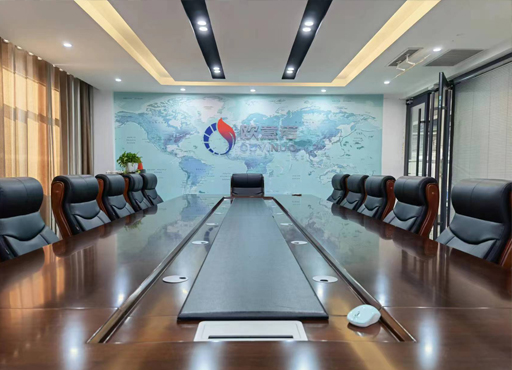
Nov . 26, 2024 07:11
Back to list
Strategies for Reducing Stress and Enhancing Well-Being
Understanding Pressure Relief Valves A Key to Safety and Efficiency
Pressure relief valves (PRVs) are essential components used in various industrial applications to maintain safety and operational efficiency. These devices are designed to protect equipment and systems from excessive pressure, which can lead to catastrophic failures. In this article, we will explore the importance of pressure relief valves, their working principles, and the factors to consider when selecting and maintaining them.
The Importance of Pressure Relief Valves
Pressure relief valves play a crucial role in ensuring the safety of pressure vessels, piping systems, and other pressure-containing equipment. By automatically releasing excess pressure when it reaches a predetermined limit, PRVs prevent potential disasters such as explosions, ruptures, or leaks. The cost of such failures can be enormous, both in terms of human safety and financial loss. Therefore, proper selection and maintenance of PRVs are paramount in industries such as oil and gas, chemical manufacturing, and power generation.
How Pressure Relief Valves Work
The operation of a pressure relief valve is based on a simple principle it opens to release pressure when it exceeds a set point. The valve typically consists of a spring-loaded mechanism that holds the valve closed until the pressure rises above the desired limit. Once the threshold is reached, the force of the pressurized fluid overcomes the spring tension, causing the valve to open and allow fluid to escape. This action reduces the pressure within the system, ensuring that it stays within safe operating limits.
.
Factors to Consider in Selecting PRVs
مزلقة تخفيف الضغط

When selecting a pressure relief valve, several factors must be taken into account
1. Pressure Ratings The valve must be rated for the maximum pressure of the system. This includes the set pressure at which the valve will open and the maximum allowable pressure it can handle.
2. Fluid Characteristics The type of fluid (gas, liquid, or vapor) and its properties (such as corrosiveness, temperature, and viscosity) will influence the choice of material and design of the valve.
3. Discharge Capacity The valve should be capable of discharging enough fluid to prevent pressure from exceeding safe limits. Calculating the required flow rate is essential to ensure a properly sized valve.
4. Installation and Maintenance Consideration should be given to how and where the valve will be installed, as well as the ease of maintenance. Regular inspection and testing of PRVs are critical to ensure they function correctly when needed.
Conclusion
Pressure relief valves are vital components that ensure the safety and efficiency of many industrial systems. By understanding how PRVs operate and the factors involved in their selection, industries can prevent dangerous situations and optimize their processes. Proper maintenance and regular inspection of these valves are essential to maintain their effectiveness. In an era where safety regulations are stringent, investing in high-quality pressure relief valves and ensuring their reliability is not just a technical requirement; it is a moral obligation towards protecting workers, environments, and investments.
Latest news
-
Safety Valve Spring-Loaded Design Overpressure ProtectionNewsJul.25,2025
-
Precision Voltage Regulator AC5 Accuracy Grade PerformanceNewsJul.25,2025
-
Natural Gas Pressure Regulating Skid Industrial Pipeline ApplicationsNewsJul.25,2025
-
Natural Gas Filter Stainless Steel Mesh Element DesignNewsJul.25,2025
-
Gas Pressure Regulator Valve Direct-Acting Spring-Loaded DesignNewsJul.25,2025
-
Decompression Equipment Multi-Stage Heat Exchange System DesignNewsJul.25,2025

